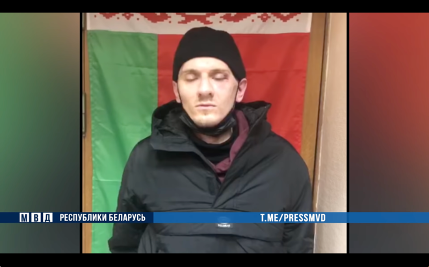Belarus : An expert says the “interview” of Raman Pratasevich reveals signs of torture
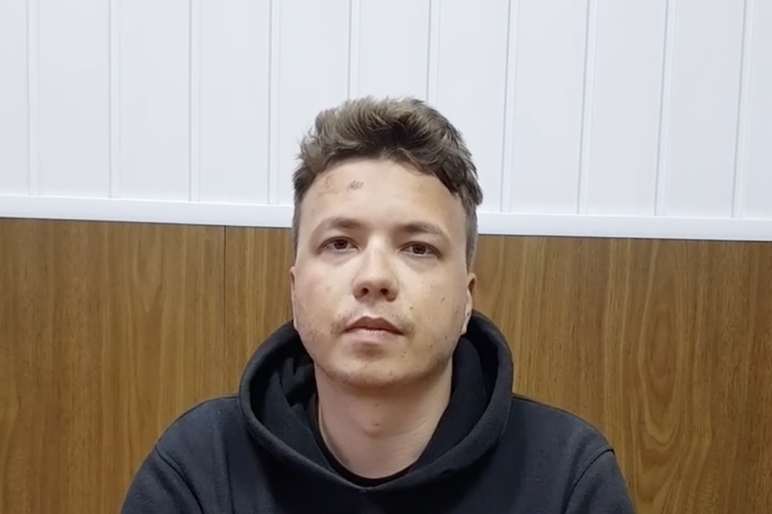
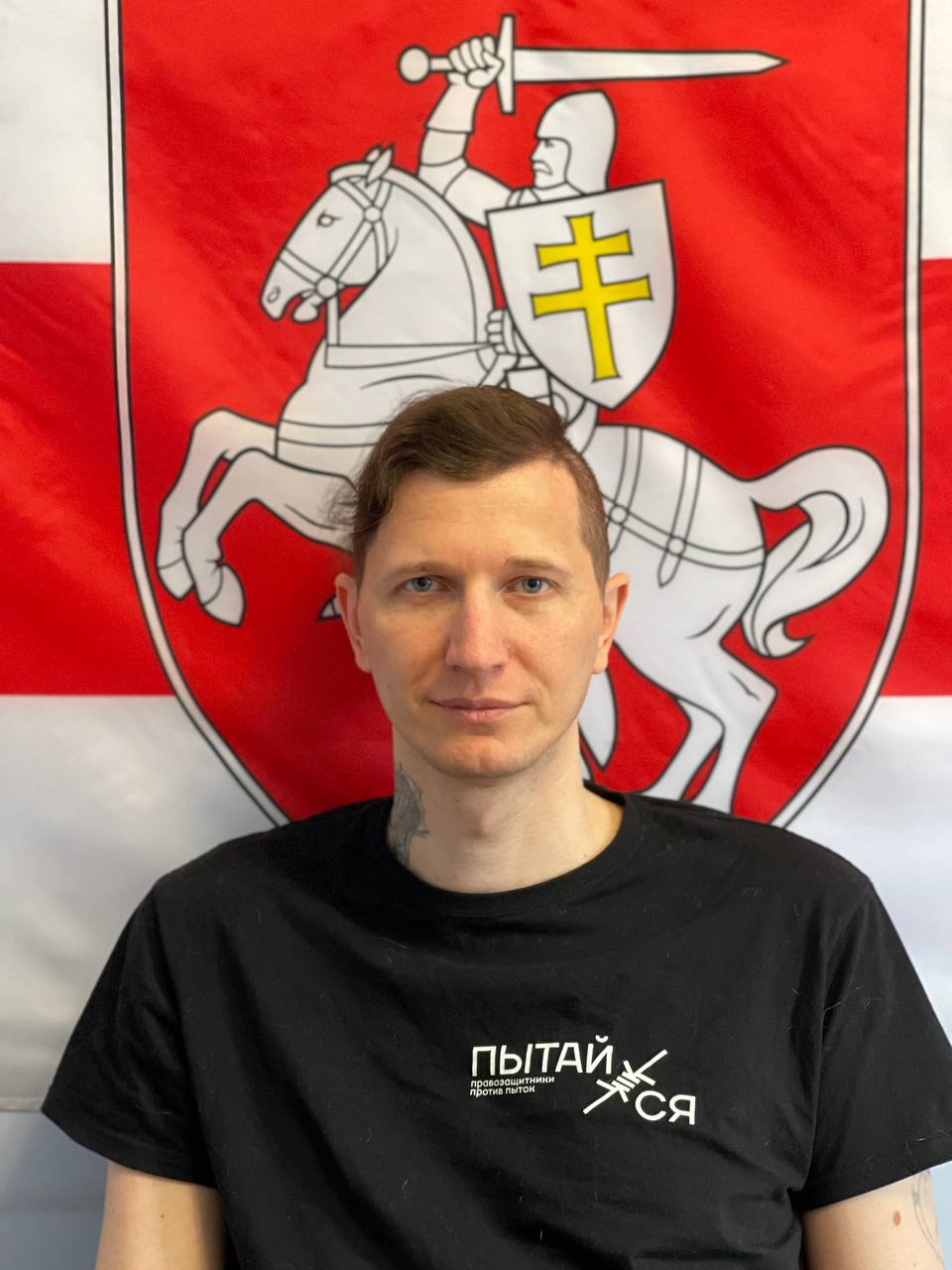
Sergey Ustinov has worked with victims of torture and ill-treatment in Belarus for over 15 years. After the wave of massive torture in August 2020, he became one of co-founders of the International Committee on the Investigation of Torture in Belarus - a coalition of Belarusian human rights organisations that investigate and document serious human rights violations in the country. Nowadays Sergey lives in a foreign country, out of fear for his safety. Here is his inside analysis of Raman Pratasevich’s appearance on State TV last week, 10 days after the plane carrying the 26-year old journalist had been forced to land in Minsk.
Based on your expertise, would you say that there were signs of torture on RamanPratashevich’s body?
The only visible signs of physical trauma during the so-called interview were injuries on his wrists. A number of people commented that these were only handcuff marks. In fact, these are the marks of sophisticated torture that has been used in Belarus for a long time.
The use of handcuffs is allowed, however, if the handcuffs tighten the hands in a way that they become numb, this is torture. In such a case though, the marks would be purple, such as these ones:
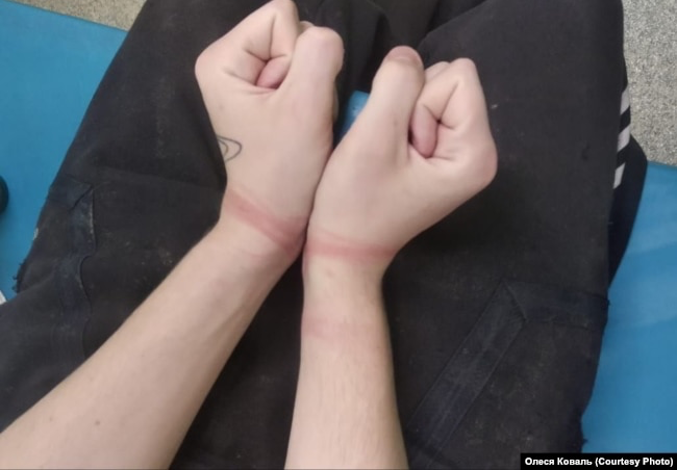
Raman’s wrists – who at that point had been detained for 10 days - showed signs of laceration that could be consistent with other types of torture.
“The swallow”. The victim is laid on the floor, face down, the hands handcuffed behind the back, with the legs pulled in the direction of the handcuffs with a rope or belt, which rips the skin at the wrists.
“Palestinian hanging”. The victim’s hands are handcuffed and s/he is suspended by the handcuffs so that the legs don’t touch the floor.
A victim of torture in the Russian “correctional colony” of Nizhniy Tagil had similar marks on his wrists. He reported that, for one week, he had been thrown in the snow, drenched in cold water, and kept hanging by his hands from the bars of his cell.

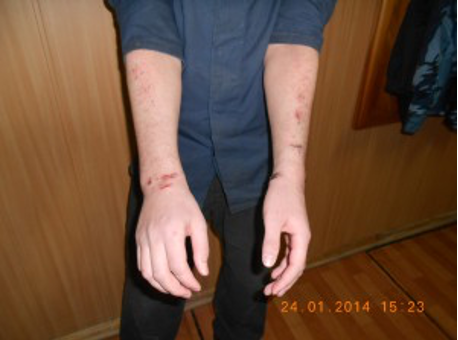
Another method consistent with these marks is when the victim is sitting on a chair with their hands handcuffed behind their back while a law enforcement officer steps on the handcuffs. Or when the victim is beaten while being handcuffed and they try to protect themselves.
We don’t know what other marks might have been left on Raman’s body since only his face and wrists were visible on TV. The fact that Raman was transferred from the ordinary pre-trial detention center to a KGB-run one indicates he was tortured before the “interview”.

Were there any apparent signs of pressure or psychological torture?
All of Raman’s non-verbal reactions clearly demonstrated he was speaking under duress. The swallowing of saliva indicated nervousness. The shaking of the head and pursing of the mouth while giving affirmative answers were typical signs of disagreeing with one’s own words. The hands clenched together, the slouched posture showed efforts to suppress reactions and/or distress. It was also obvious that the video had been edited in key places, showing that there had been repeated shots of certain answers.
We know that Raman fears the worst, as he is on the Belarus terrorist list and the authorities might want to connect him with the so-called Avtukhovich group, political prisoners who have been accused in terrorism-related crimes. We have also heard worrying information according to which representatives of the so-called prosecutor from the “Luhansk People’s Republic” (a breakaway region of Ukraine under Russian control) have been travelling to Minsk to interrogate Raman. Should Belarus choose to extradite Raman to Luhansk, he could face the death penalty.
Is the practice of public confessions common in Belarus and why do the authorities use it?
The practice of public excuses and confessions was started by former Minister of Internal Affairs Ihar Shunevich in 2018, when a teenager was forced to make public excuses for slapping the sculpture of a policeman.
The minister who replaced Shunevich, Yuriy Karaev, tried to position himself as a reformer, though no reform took place.
After the August 2020 presidential elections and the mass protests that followed, the practice of public confessions and excuses recorded on video reached a massive scale. On the videos, beaten protesters speak of “remorse” and ask for forgiveness from the authorities, with the official red-green flag of the regime in the background.
Law enforcement agencies publish these videos on their Telegram channels and other government-controlled media in a propaganda effort that humiliates the protesters.
One example in 2020 is the “confession” of activist and journalist Mikola Dziadok. Mikola had already been imprisoned in 2010-2015, but this time around he was forced into presenting excuses on camera, most likely following torture.
A video of the “confession” of Mikola Dziadok, Ministry of Internal Affairs of Belarus Telegram Channel (t.me/pressmvd)
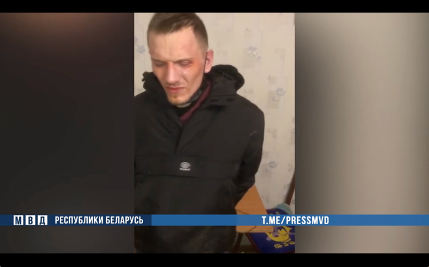
This method was borrowed from Chechnya’s president Ramzan Kadyrov, who multiplied the forced excuses on camera from detained people – and we well know that torture is widespread in Chechnya. We’ve seen similar practices in the “Donetsk People’s Republic” (another breakaway region of Ukraine), where prisoners of war have been forced to kneel and apologize on camera, while receiving blows. Clearly the Belarus regime has no qualms about doing the same at home.
